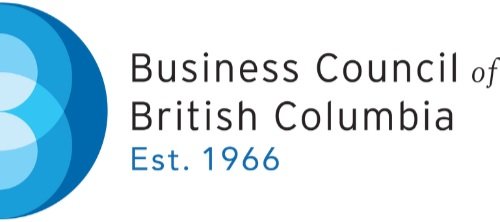Bridging Classroom and Career
The Hang-Up
For an employer, the world of work comes with the anxiety of steering through a host of unknowns—shifting political and regulatory environments, keeping up in the global race to attract and retain talent, and navigating the changes that technology and automation may bring.
For a student or recent post-secondary graduate, the future is filled with another set of uncertainties: the world of work is very different today than it was a few decades ago. Traditional clear-cut pathways to well-paying, full-time jobs increasingly are giving way to less linear career trajectories as employers look for a different mix of skills, experience and formal qualifications.
Despite hard work and best efforts, many fresh-faced graduates encounter a delayed entry into career-oriented jobs, equipped with solid post-secondary credentials but perhaps lacking the necessary “soft” skills or other experience to land that first “big” job. Many entry-level positions require some work experience on top of post-secondary credentials (see Figure 1). Graduates sometimes discover that this serves as an obstacle to gaining access to career-oriented positions. The delay between graduation and finding suitable skills-matched employment can be a real problem for graduates keen to put their credentials to work, and for employers seeking to fill positions.
Figure 1
Amount of Relevant Experience Typically Required for Entry-Level Positions
Source: Navigating Change: 2018 Business Council Skills Survey, Spring 2018.
The Intersection
Over the next decade, nearly 80% of all job openings will require some form of post-secondary training. The fundamental skills acquired in higher education – the ability to unravel complex problems, to collaborate with diverse teams, and to communicate complicated or technical issues – will need to be adapted to new challenges rising from a digital economy.
Enter work-integrated learning (WIL), which exists at the intersection of business, education and employment. It is an umbrella term for partnerships between the employer community and the education sector to bolster the development of workplace skills for soon-to-be or recent graduates. Such partnerships complement post-secondary studies and combine formal education with hands-on, experiential learning. WIL comes in many guises: internships, co-ops, apprenticeships, field placements, applied research projects, bootcamps and hackathons. By bridging classroom and career, work-integrated learning allows students to test-drive their skills, build their resumes, and ease the transition into the professional world.
Getting a Foot Through the Employment Door
Work-integrated learning collaborations between post-secondary institutions and the private sector are multiplying. In their latest annual Skills Survey, the Business Council of Canada finds that 83% of respondents[1] say their company currently works with one or more post-secondary institutions to “better prepare students for the workplace”— an increase from 76% in 2016. While this is good news, there is more to be done. Demand for work-integrated learning opportunities is growing among Canadian students. A recent Abacus survey of students in Canadian post-secondary institutions and recent graduates indicates that 9 out of 10 respondents support WIL in their post-secondary programs and would welcome more opportunities to engage in experiential learning.
Work integrated learning does more than give students critical experience in the workforce; it can serve as a social leveller. Co-ops, internships and other WIL programs enable students from diverse socio-economic and cultural backgrounds to branch out on their own, start to create professional networks, and get a foot through the “employment door.” Many alumni of WIL programs report taking a position at the company where they interned or staying in touch with their former employer as they move on to other jobs.
Bridging Classroom and Career
For employers in BC, WIL is a bridge to the province’s world-class post-secondary institutions and offers direct access to fresh talent. However, there are ongoing “supply” challenges: not enough employers are taking advantage of work-integrated learning opportunities. We can do better.
Through the Champions’ Table, a joint initiative between BCBC and the BC Assembly of First Nations, private-sector employers like TimberWest are taking a leadership role in embracing work-integrated learning by partnering with Vancouver Island University and increasing the number of WIL placements through the new Indigenous Intern Leadership Program. The initiative aims to help recent Indigenous graduates bridge the gap between classroom and career. It is also intended to foster opportunities to support Indigenous interns as future business and community leaders, strengthen capacity in Indigenous communities, and assist in advancing long-term reconciliation.
The work environment is changing, including for many entry-level employees. Looking ahead, there is a need for greater collaboration between businesses, universities, and colleges to train the next generation of workers with the right mix of credentials, skills, and experience to succeed. Ensuring the successful transition from classroom to career is an important issue for our economy and a proven way to benefit both employers and would-be employees.
[1] The respondents are large companies.
